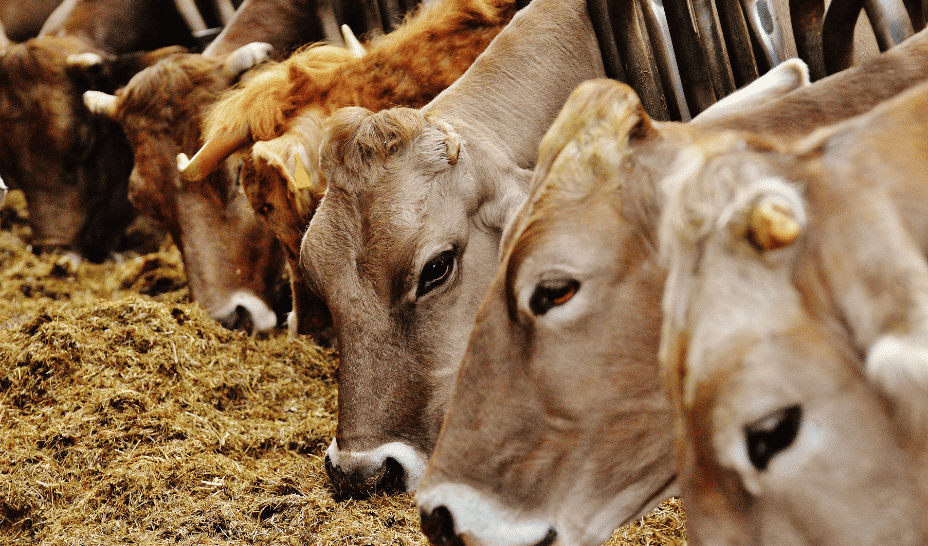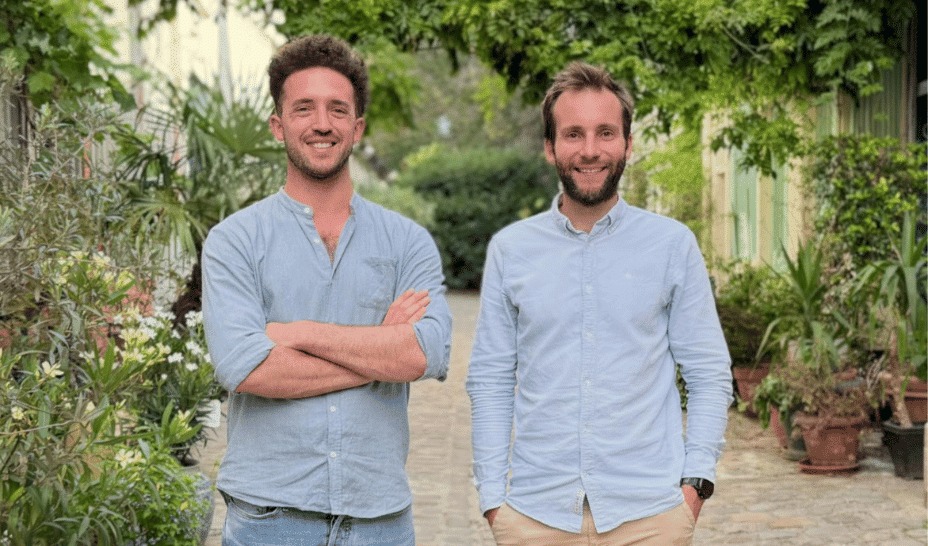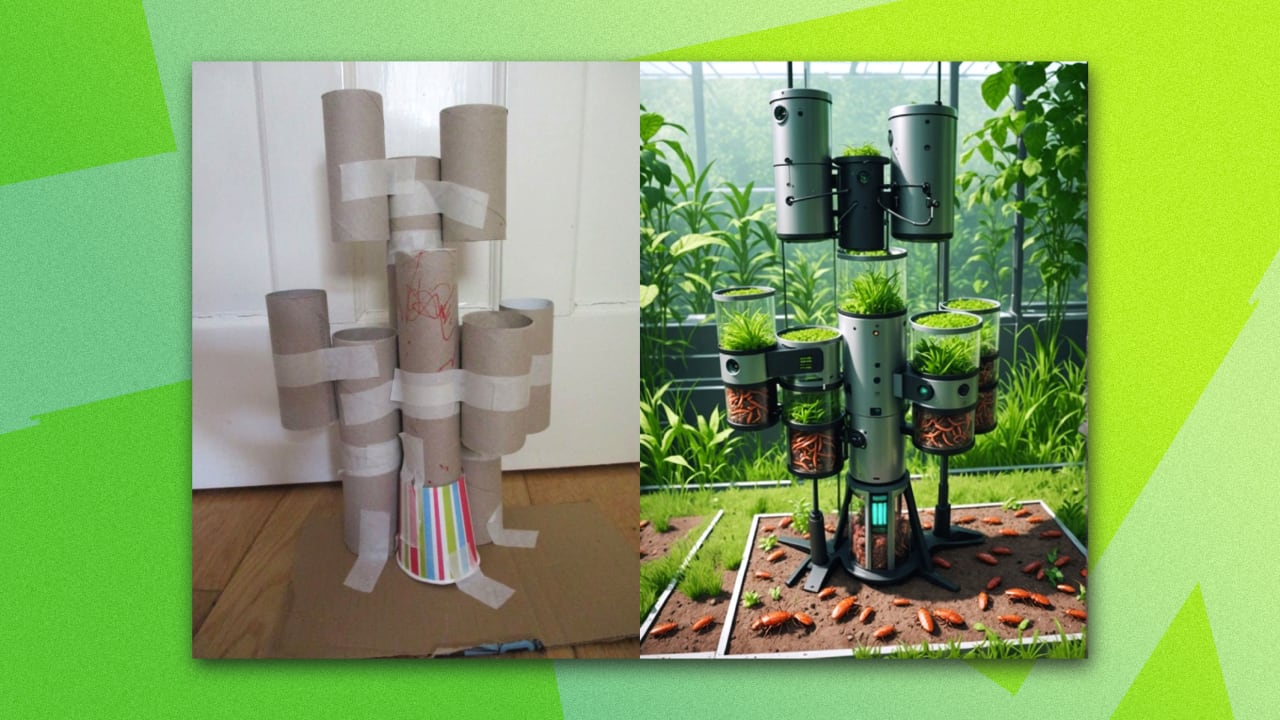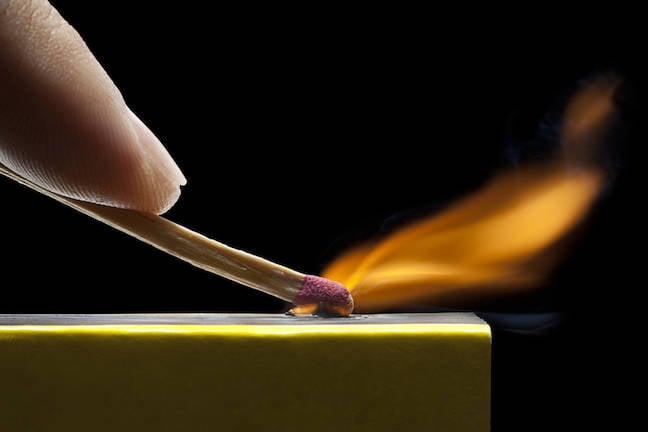Changing one gene can restore some tissue regeneration to mice
Signaling from retinoic acid appears to be key to getting mice to regrow ear damage.
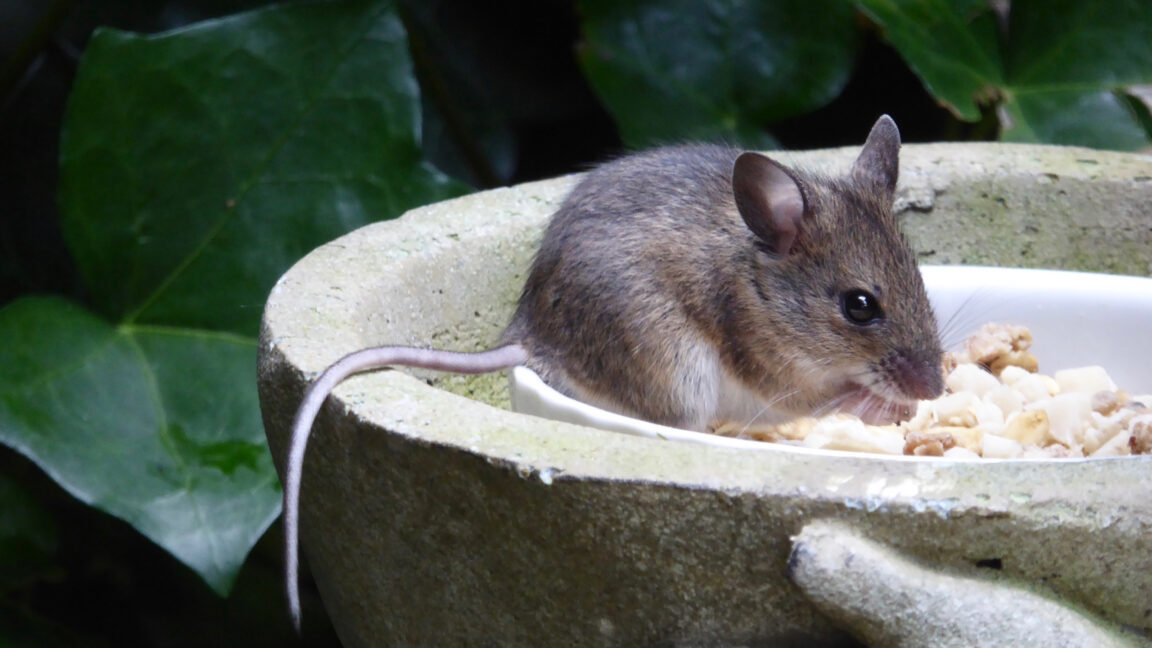
Regeneration is a trick many animals, including lizards, starfish, and octopuses, have mastered. Axolotls, a salamander species originating in Mexico, can regrow pretty much everything from severed limbs, through eyes and parts of brain, to the spinal cord. Mammals, though, have mostly lost this ability somewhere along their evolutionary path. Regeneration persisted, in a limited number of tissues, in just a few mammalian species like rabbits or goats.
“We were trying to learn how certain animals lost their regeneration capacity during evolution and then put back the responsible gene or pathway to reactivate the regeneration program,” says Wei Wang, a researcher at the National Institute of Biological Sciences in Beijing. Wang’s team has found one of those inactive regeneration genes, activated it, and brough back a limited regeneration ability to mice that did not have it before.
Of mice and bunnies
The idea Wang and his colleagues had was a comparative study to compare how the wound healing process works in regenerating and non-regenerating mammalian species. They chose rabbits as their regenerating mammals and mice as the non-regenerating species. As the reference organ, the team picked the ear pinna. “We wanted relatively simple structure that was easy to observe and yet composed of many different cell types,” Wang says. The test involved punching holes in the ear pinna of rabbits and mice and tracking the wound-repairing process.











![What Is a Markup Language? [+ 7 Examples]](https://static.semrush.com/blog/uploads/media/82/c8/82c85ebca40c95d539cf4b766c9b98f8/markup-language-sm.png)


























































